Keeping Marine Clownfish can be a rewarding experience, but it requires understanding their unique needs and environment. In this guide, I’ll share the nine most important things you need to know to successfully care for clownfish, from water requirements to tank setup and maintenance.
Introduction to Keeping Marine Clownfish
Keeping Marine Clownfish is an exhilarating journey into the vibrant world of saltwater aquariums. These fish are not only visually stunning but also exhibit fascinating behaviours that can captivate any aquarist. As you embark on this adventure, understanding their specific needs is crucial for creating a healthy environment where they can thrive. Whether you're a novice or have some experience, this guide will equip you with essential knowledge to ensure your clownfish flourish.
1. Water Requirements for Clownfish
Water quality is paramount when keeping clownfish. They thrive in saltwater, so you'll need to ensure that your tank is properly saline. Start by purchasing premixed saltwater or mix your own using a high-quality marine salt mix.
- Salinity: Aim for a salinity level between 1.020 and 1.025 specific gravity.
- Temperature: Keep the water temperature stable at around 25°C (77°F).
- pH Level: Maintain a pH level between 8.1 and 8.4.
Regular testing of these parameters is essential to ensure a healthy environment. A reliable test kit will help you monitor salinity, ammonia, nitrite, and nitrate levels effectively.
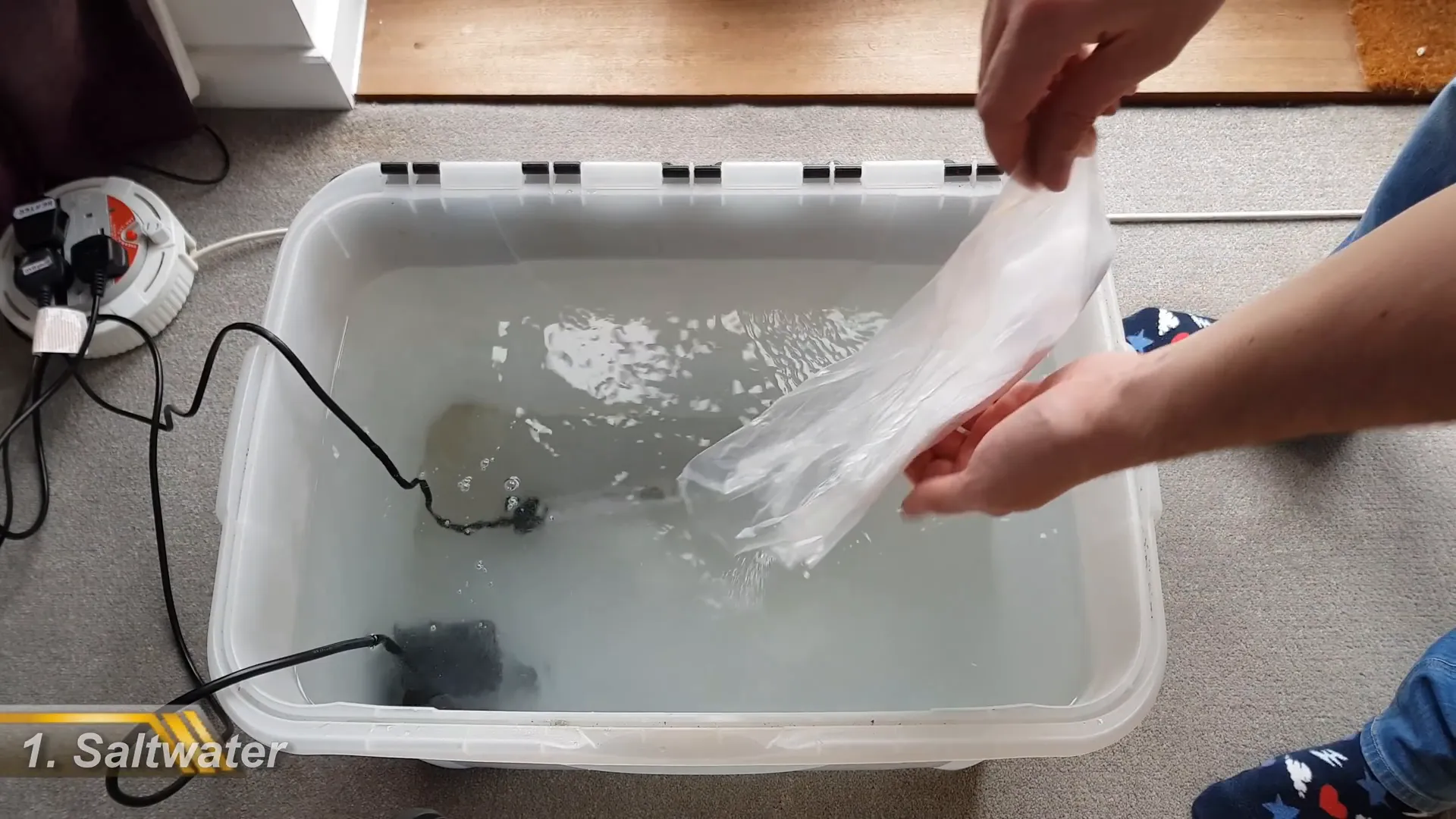
2. Ideal Tank Size for Clownfish
The size of your tank plays a significant role in the health of your clownfish. While they can survive in smaller tanks, a larger environment promotes better water quality and provides ample swimming space.
- Minimum Size: A 53-litre (13.5-gallon) tank is the absolute minimum.
- Recommended Size: Ideally, aim for a tank of at least 100 litres (25 gallons).
- Tank Type: A well-filtered tank with live rock will help maintain water quality.
More water volume means less fluctuation in water parameters, which is essential for the health of your clownfish.
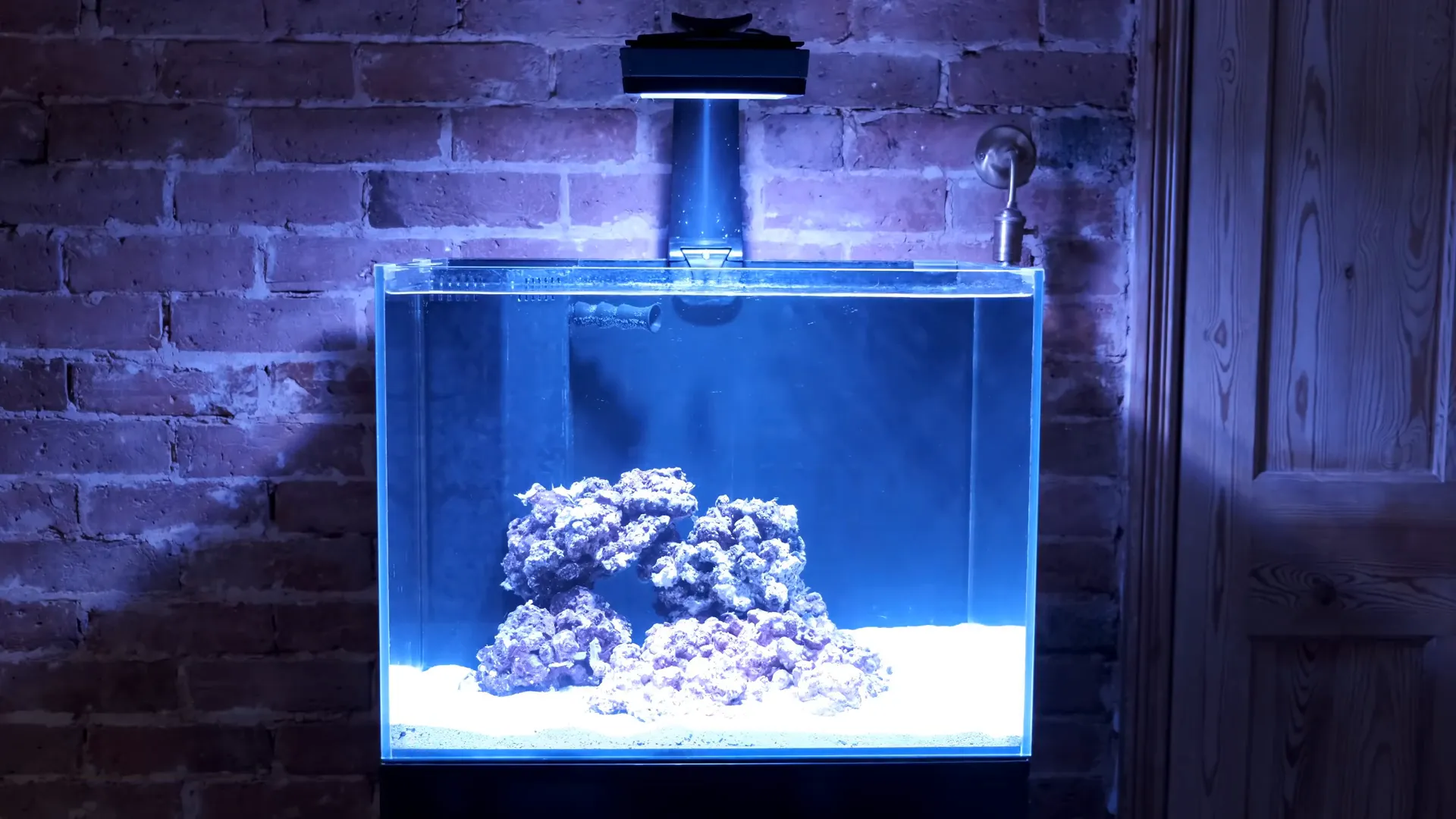
3. Do You Need Anemones?
Contrary to popular belief, clownfish do not require anemones to thrive in captivity. While they often inhabit anemones in the wild, they can adapt to various environments in your aquarium.
- Tank Alternatives: Clownfish may take refuge in rock crevices or near pumps.
- Coral Companions: If you keep corals, clownfish might adopt certain types as a home.
- Anemone Care: Anemones are delicate and require a more experienced hand to care for.
By forgoing an anemone, you can simplify your tank setup, allowing for a more stable environment for your clownfish.
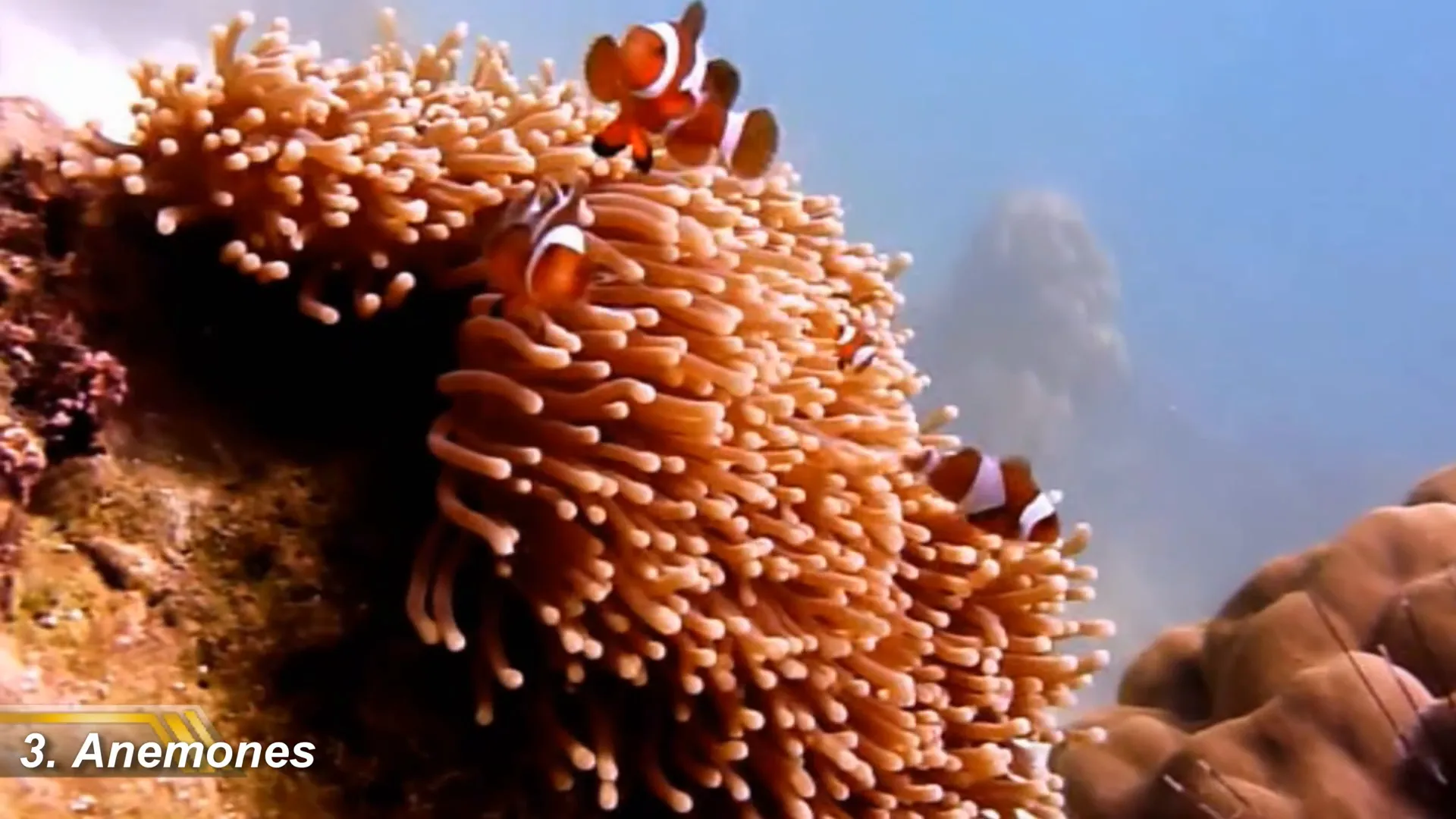
4. Aggression and Social Behaviour
Clownfish are social creatures but can display aggressive behaviour, especially in breeding pairs. Understanding their social dynamics is key to a harmonious tank environment.
- Pairs vs. Groups: Clownfish thrive in pairs; avoid keeping more than two in a tank.
- Territorial Nature: Expect defensive behaviour, particularly if they feel threatened.
- Inter-species Compatibility: Research before adding tank mates to avoid conflicts.
While clownfish can be territorial, their antics can be quite entertaining. Just ensure they have enough space to establish their territory.
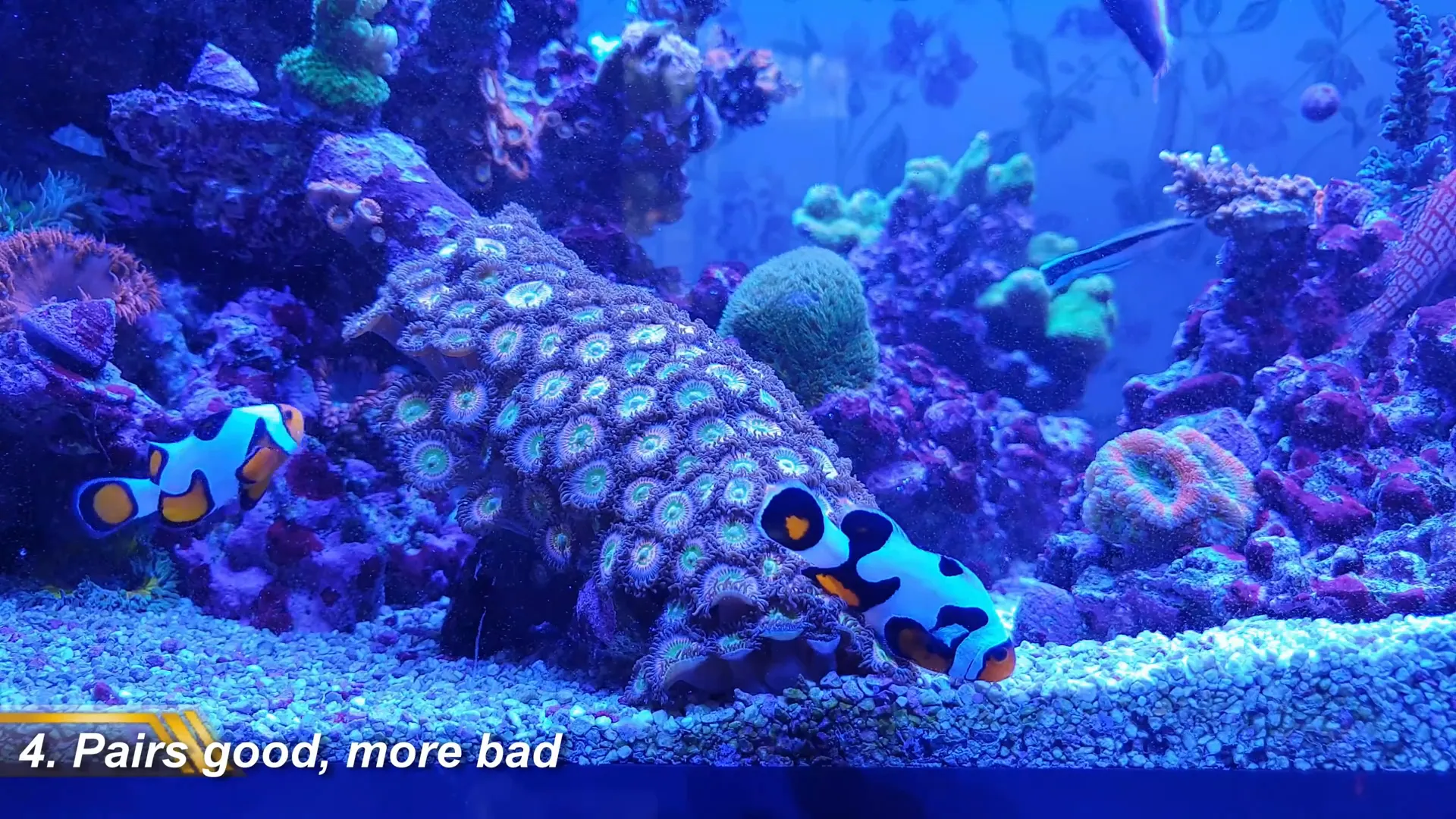
5. Maintenance Basics for a Clownfish Tank
Maintaining a clownfish tank requires diligence but is straightforward. Regular care will keep your fish healthy and happy.
- Feeding: Feed your clownfish once or twice daily with high-quality marine food.
- Water Changes: Perform a 10% water change weekly to maintain water quality.
- Algae Control: Clean algae off the glass a couple of times a week to keep the tank looking pristine.
Additionally, testing your water regularly for salinity, nitrate, and phosphate is crucial, especially in the early stages of your aquarium's life.
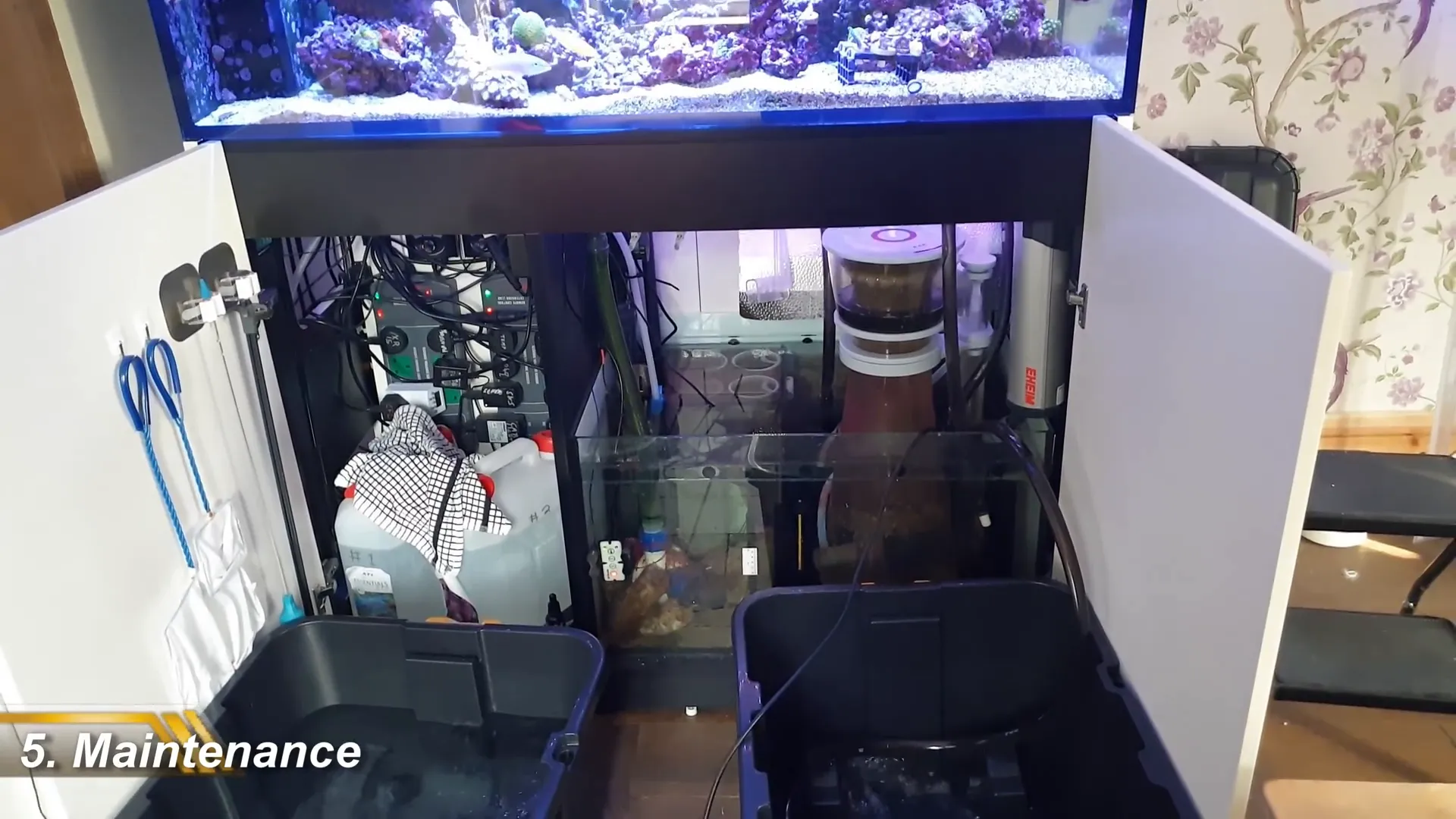
By following these guidelines, you'll create a thriving environment for your clownfish, setting the foundation for a beautiful and dynamic marine aquarium.
6. Common Diseases Affecting Clownfish
Clownfish are generally hardy, but like any fish, they can fall prey to diseases. Awareness of these common illnesses is crucial for maintaining their health.
- Brooklynella: Commonly referred to as clownfish disease, this parasite can rapidly deteriorate the health of your fish if not addressed promptly.
- Marine White Spot: Known scientifically as Cryptocaryon irritans, this parasite manifests as white spots on the fish's body and can be deadly if left untreated.
- Marine Velvet: This is a more severe illness that can wipe out your fish within days. It requires immediate attention and treatment.
To combat these diseases, consider setting up a hospital tank. This allows for easier treatment without jeopardising the health of your main aquarium. Regular maintenance and a stable environment will also help keep your clownfish healthy.
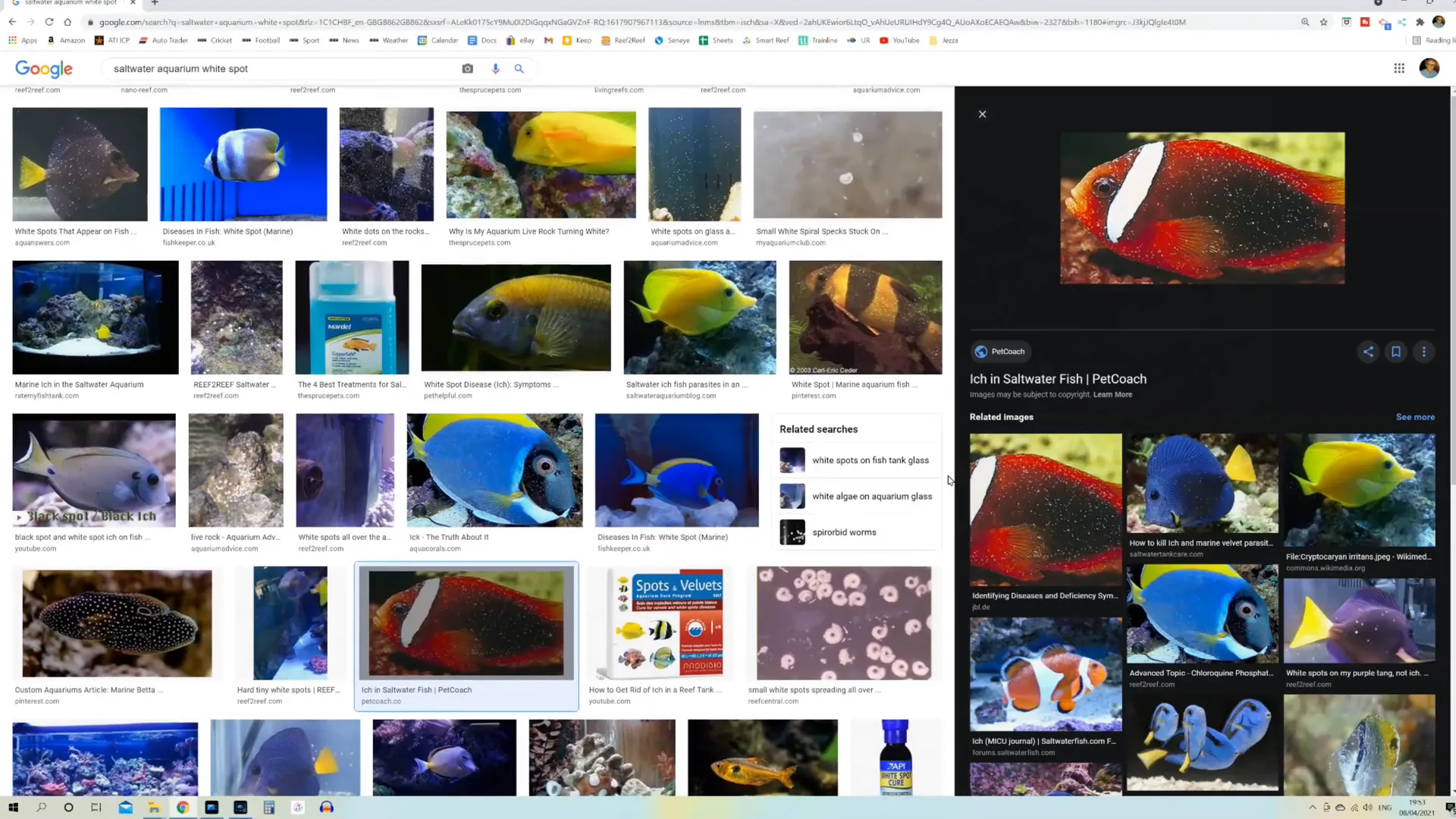
7. Why You Need a Tank Cover: Clownfish Jumping
One of the most surprising aspects of keeping clownfish is their propensity to jump. Many modern aquariums, such as the Red Sea Reefer tanks, are open-topped, making it easy for clownfish to leap out.
- Jumping Risk: Clownfish are notorious for their jumping behaviour; it's not a question of if they'll jump, but rather when.
- Tank Cover: Investing in a tank cover can prevent this unfortunate event. Covers come in various styles, so find one that suits your tank aesthetic while ensuring safety.
- Exceptions Exist: Some aquarists claim they've had success without a cover, but these cases are rare. Better safe than sorry!
Protecting your clownfish with a cover is a simple yet effective way to ensure their safety and longevity in your aquarium.

8. Exploring Clownfish Varieties
The clownfish family is diverse, offering a variety of species for aquarists to choose from. Understanding the differences can help you select the best fit for your tank.
- Ocellaris Clownfish: The classic 'Nemo' look, these are popular for beginners and are generally available at reasonable prices.
- Percula Clownfish: Similar to Ocellaris, but with more vibrant colours and patterns, they can be slightly more aggressive.
- Designer Clownfish: These are selectively bred for unique patterns and colours. While stunning, they can be pricey, sometimes reaching up to £800 for a pair.
Regardless of the variety you choose, each clownfish brings its own charm and beauty to your aquarium. Just remember to research their specific needs and behaviours before making a selection.
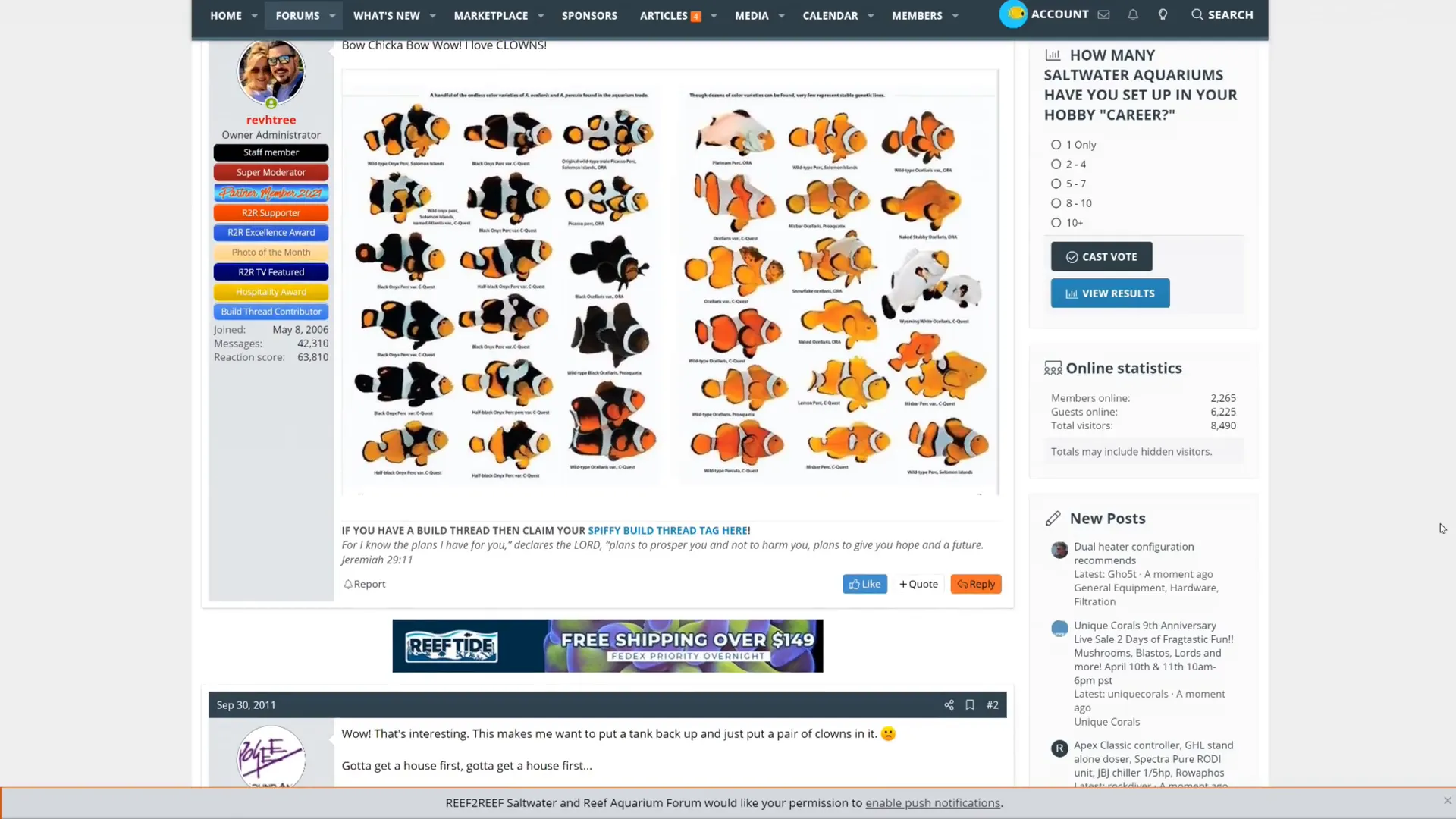
9. Other Finding Nemo Characters in Your Aquarium
If you're considering adding more life to your aquarium, there are several characters from the Finding Nemo films that can complement your clownfish.
- Dory (Regal Tang): While beautiful, Dory can be challenging for beginners due to her size and susceptibility to diseases.
- Bubbles (Yellow Tang): Another vibrant option, but also requires a larger tank and can be aggressive.
- Jack (Cleaner Shrimp): A fantastic addition to any tank, helping maintain cleanliness without drawbacks.
- Gurgle (Royal Gramma): Peaceful and easy to care for, making it a great choice for beginners.
- Gill (Moorish Idol): Best avoided by novices as they are notoriously difficult to keep alive.
Choosing the right companions for your clownfish can create a dynamic and exciting aquarium. Just ensure that you consider each species' needs and compatibility before introducing new fish.
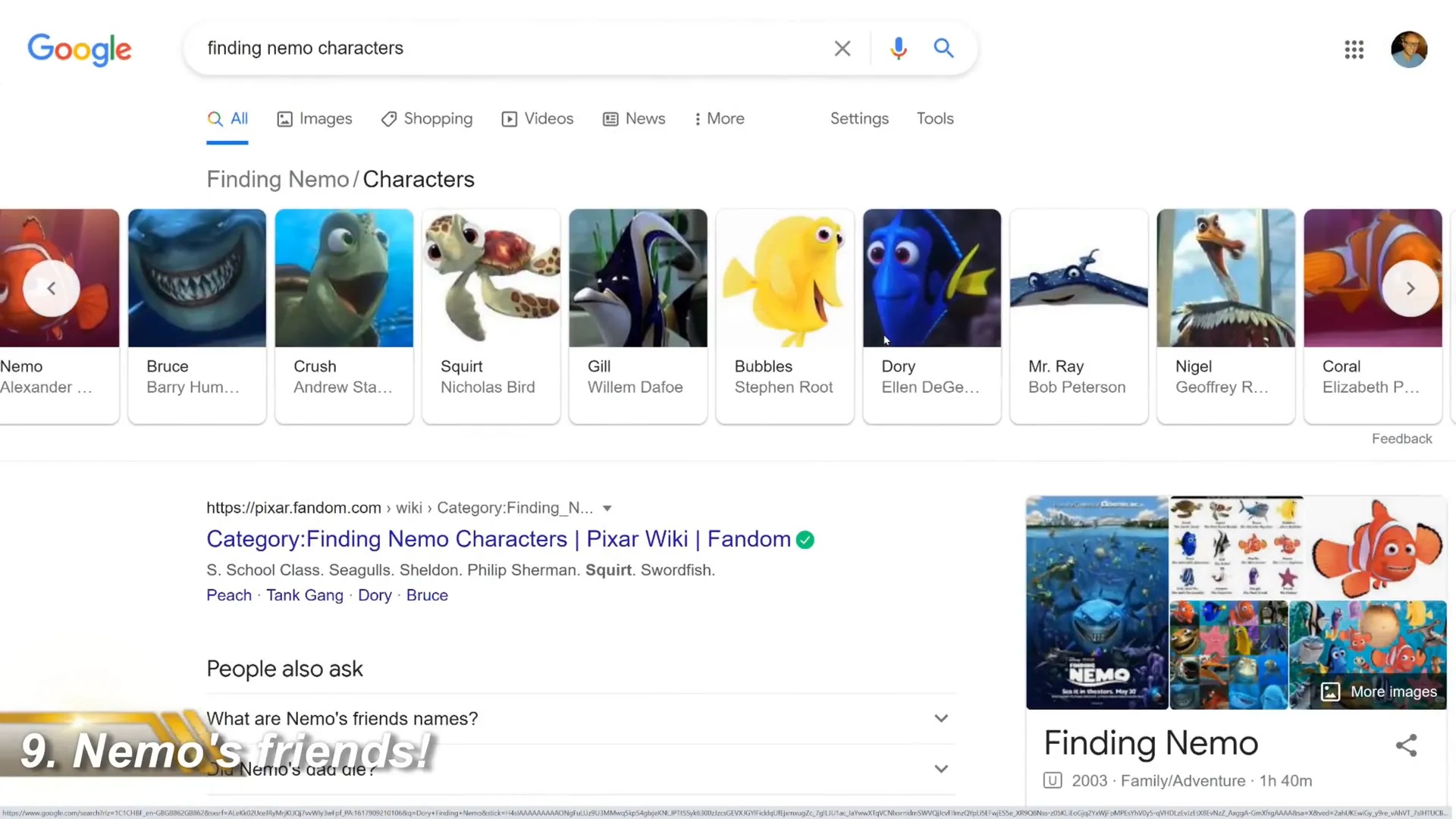
FAQ: Common Questions About Keeping Marine Clownfish
What do clownfish eat?
Clownfish thrive on a diet of high-quality marine flakes, pellets, and frozen foods. Variety is key to their nutrition.
Can clownfish live with other fish?
Yes, but be cautious. Clownfish can be territorial, so choose tank mates wisely. Peaceful species are best.
How often should I feed my clownfish?
Feed them once or twice a day, ensuring that they consume everything within a few minutes to prevent overfeeding.
What's the lifespan of a clownfish?
With proper care, clownfish can live for 10 to 20 years, making them a long-term commitment.
Do clownfish require special lighting?
While clownfish don’t need specific lighting, if you plan on keeping corals, adequate lighting will be necessary for their growth.
What should I do if my clownfish shows signs of illness?
Monitor water quality and transfer the affected fish to a hospital tank for treatment. Quick action can often save their lives.
Can clownfish be kept in a reef tank?
Absolutely! Clownfish are often a great addition to reef tanks, provided their tank mates are compatible.
By addressing these common questions, you can ensure a successful and enjoyable experience while keeping Marine Clownfish.
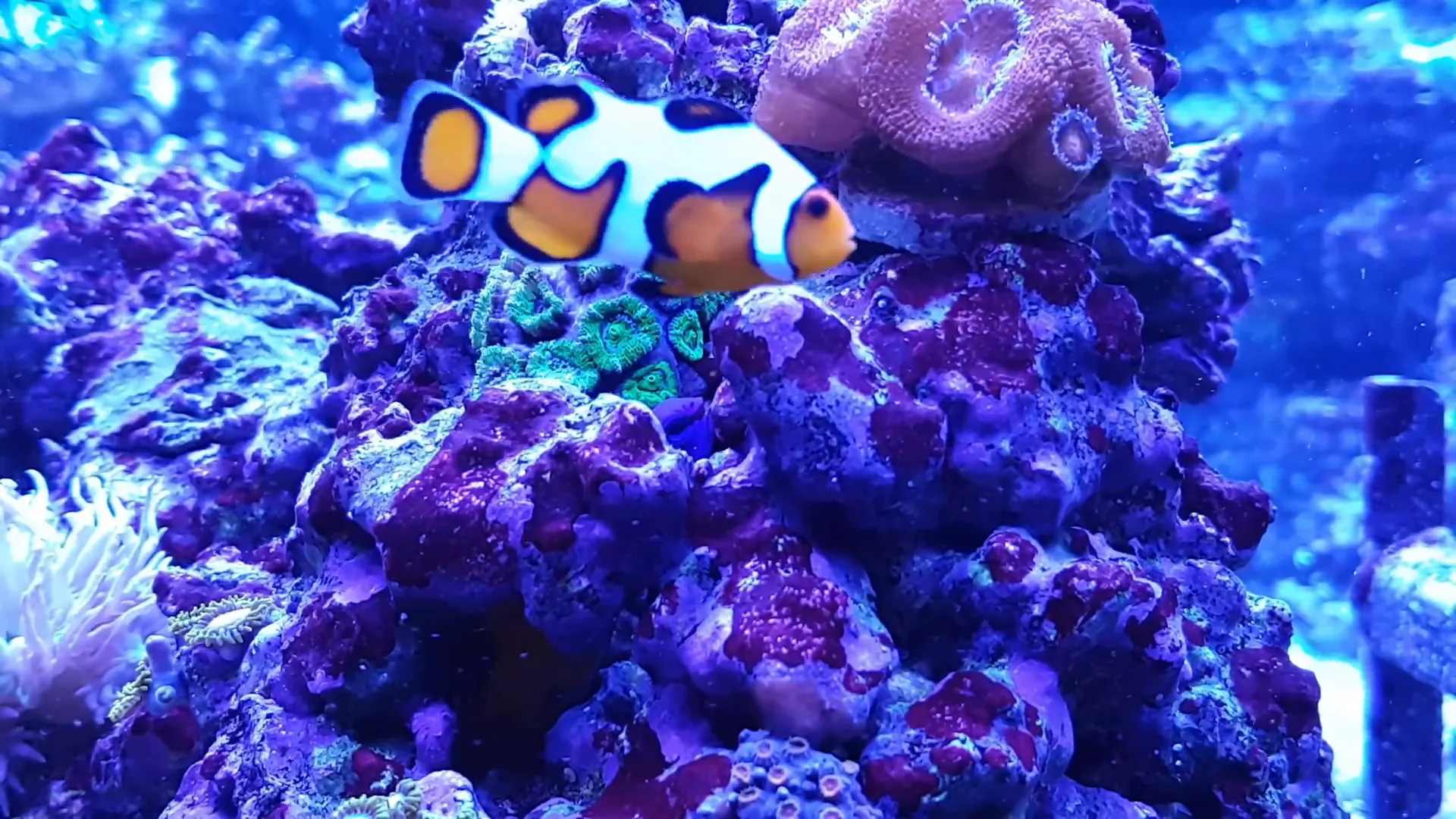
This article was inspired from the video 9 Things You Need To Know About Keeping Clownfish with all video and foto credits going towards the creator.

























